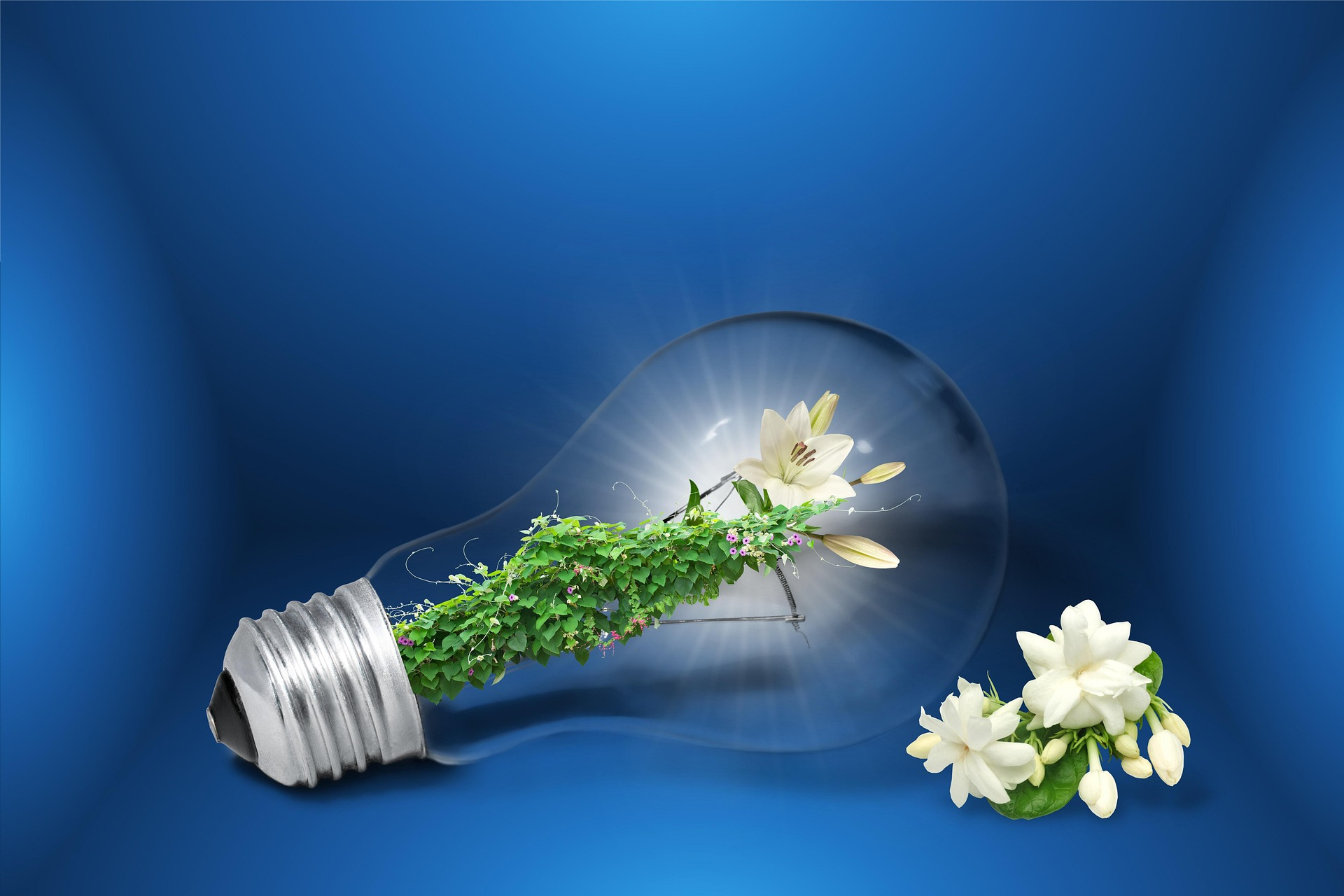The Philippine Strategy for Sustainable Development is a national plan. It guides the country in balancing economic growth with environmental protection and social equity. The government first introduced this strategy in 1989. It remains an important tool for policy and decision-making today.
Sustainable development means meeting present needs without harming future generations. It includes three main goals. These are economic growth, social development, and environmental protection. All three goals must move forward together. If one goal is weak, the whole system may fail.
Purpose of the Philippine Strategy for Sustainable Development
The main purpose of the Philippine Strategy for Sustainable Development is to help the country grow without destroying its natural resources. It aims to reduce poverty, protect the environment, and improve the quality of life for all people. The strategy also helps the Philippines follow international agreements, such as Agenda 21 from the Earth Summit in 1992.
Main Principles
The strategy follows several guiding principles. First, it supports the wise use of natural resources. Second, it promotes equity and social justice. Third, it values the participation of local communities in planning and decision-making. Fourth, it requires the use of proper tools such as environmental impact assessments. Fifth, it encourages the government to improve how it manages development projects. These principles guide all policies and actions under the strategy.
Key Objectives of the Philippine Strategy for Sustainable Development
The strategy has several clear objectives, with domestic and local resilience not being the least of these. One objective is to protect the country’s natural resources. This includes forests, water, land, and marine areas. Another objective is to make economic development more fair and inclusive. The strategy also aims to reduce pollution and control waste. It encourages energy efficiency and the use of renewable energy. In addition, the strategy works to improve the lives of poor and vulnerable people.
Priority Areas of the Philippine Strategy for Sustainable Development
The strategy identifies several priority areas. These areas are important because they affect both people and the environment.
The first area is land use. The strategy supports proper planning of land use to avoid overcrowding in cities and protect rural areas.
The second area is forest resources. The strategy calls for the protection and reforestation of forests.
The third area is water. The strategy promotes clean water and proper water use for farming, homes, and industries.
The fourth area is energy. The strategy supports the use of clean energy and less dependence on imported fuels.
The fifth area is mining. The strategy requires mining companies to follow strict environmental rules.
The sixth area is coastal and marine resources. The strategy supports the protection of coral reefs, mangroves, and fish stocks.
The final area is population. The strategy links population growth with the need for better planning and services including local resilience.
Implementation Process
The Philippine government uses several tools to carry out the strategy. One tool is the Environmental Impact Assessment system, which has been introduced as a government priority. This system checks if a project may harm the environment before the government allows it to begin. Another tool is the Philippine Agenda 21. This tool gives clear steps for sustainable development. The government also uses national plans, such as the Philippine Development Plan, to guide action.
Local governments play an important role in implementation. The strategy encourages each city or town to create its own local agenda. Communities and people at the local level must help protect the environment and improve local services. The strategy also invites private businesses and civil society to join the work. These groups can bring new ideas, money, and people to help meet the goals.
Challenges of the Philippine Strategy for Sustainable Development
The country faces several challenges in carrying out the strategy. First, some government agencies lack the funds or people needed to do the work. Second, poor coordination between agencies slows progress. Third, many people lack education or information about sustainable development. Fourth, some laws are weak or not followed well. Fifth, there is pressure from powerful groups that prefer short-term profit over long-term development.
Opportunities of the Philippine Strategy for Sustainable Development
Even with these challenges, the Philippines has many opportunities. The country has a rich environment, a young population, and strong community values. The country can improve its laws and policies. It can train people and teach them about sustainability. It can also use new technologies to reduce pollution and save energy. These actions can help the country move forward without causing harm.
Link to International Sustainability Goals
The Philippine Strategy for Sustainable Development also supports global goals. These include the United Nations Sustainable Development Goals. The country has made many national targets to match these global targets. By following this strategy, the Philippines helps in the worldwide effort to fight poverty, protect the planet, and ensure peace and prosperity for all.
Summary of the Philippine Strategy for Sustainable Development
The Philippine Strategy for Sustainable Development provides a clear path. It helps the country move toward a future where people, the economy, and the environment can thrive together. The strategy includes strong principles, clear goals, and useful tools. It depends on the work of many groups, including the government, businesses, and communities. With strong action and continued support, the strategy can help bring lasting progress to the Philippines.

